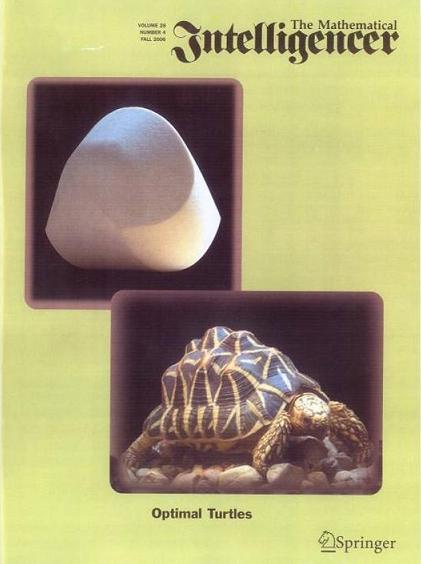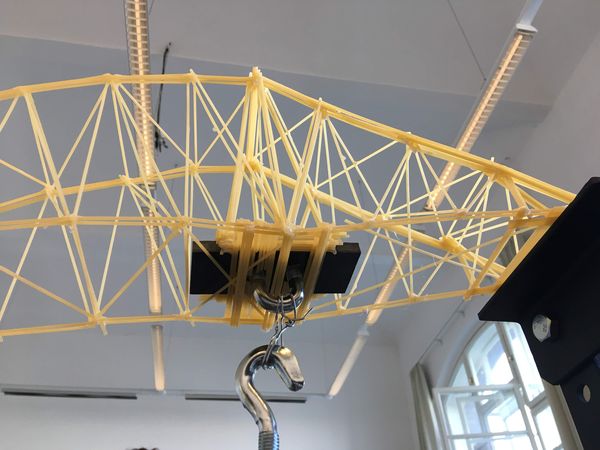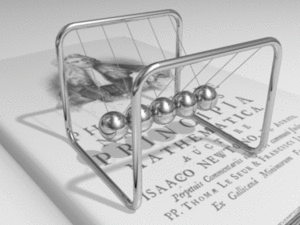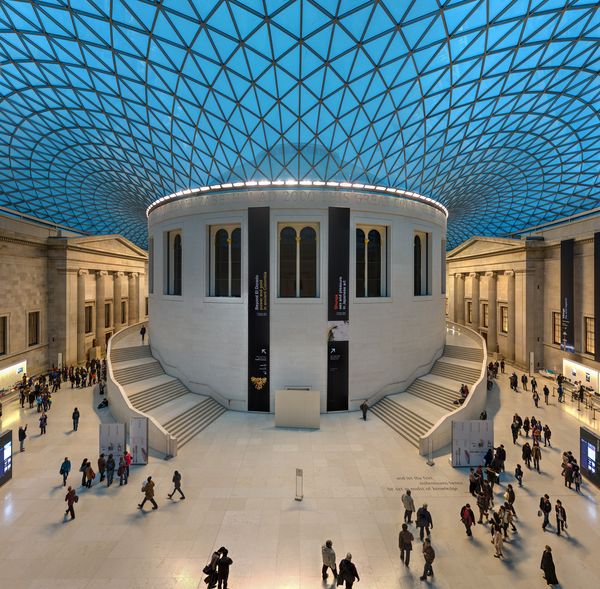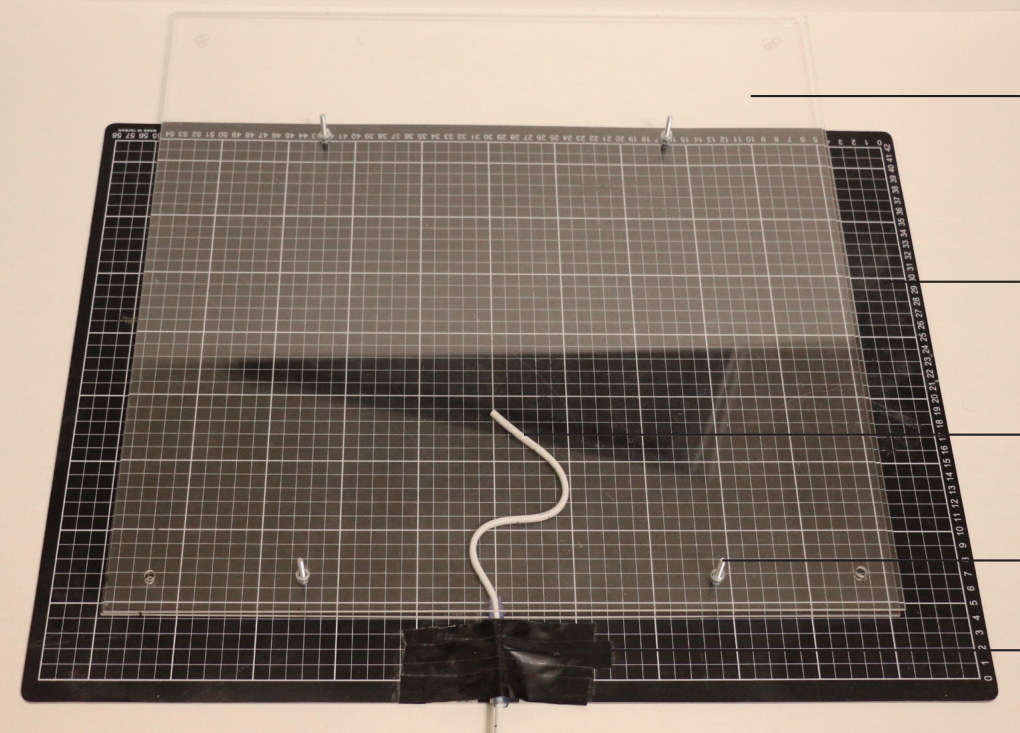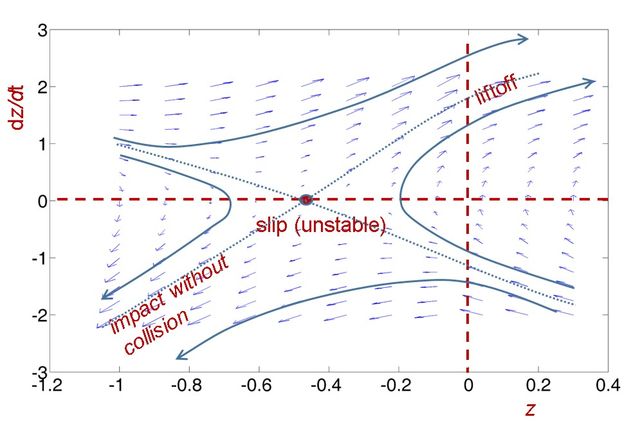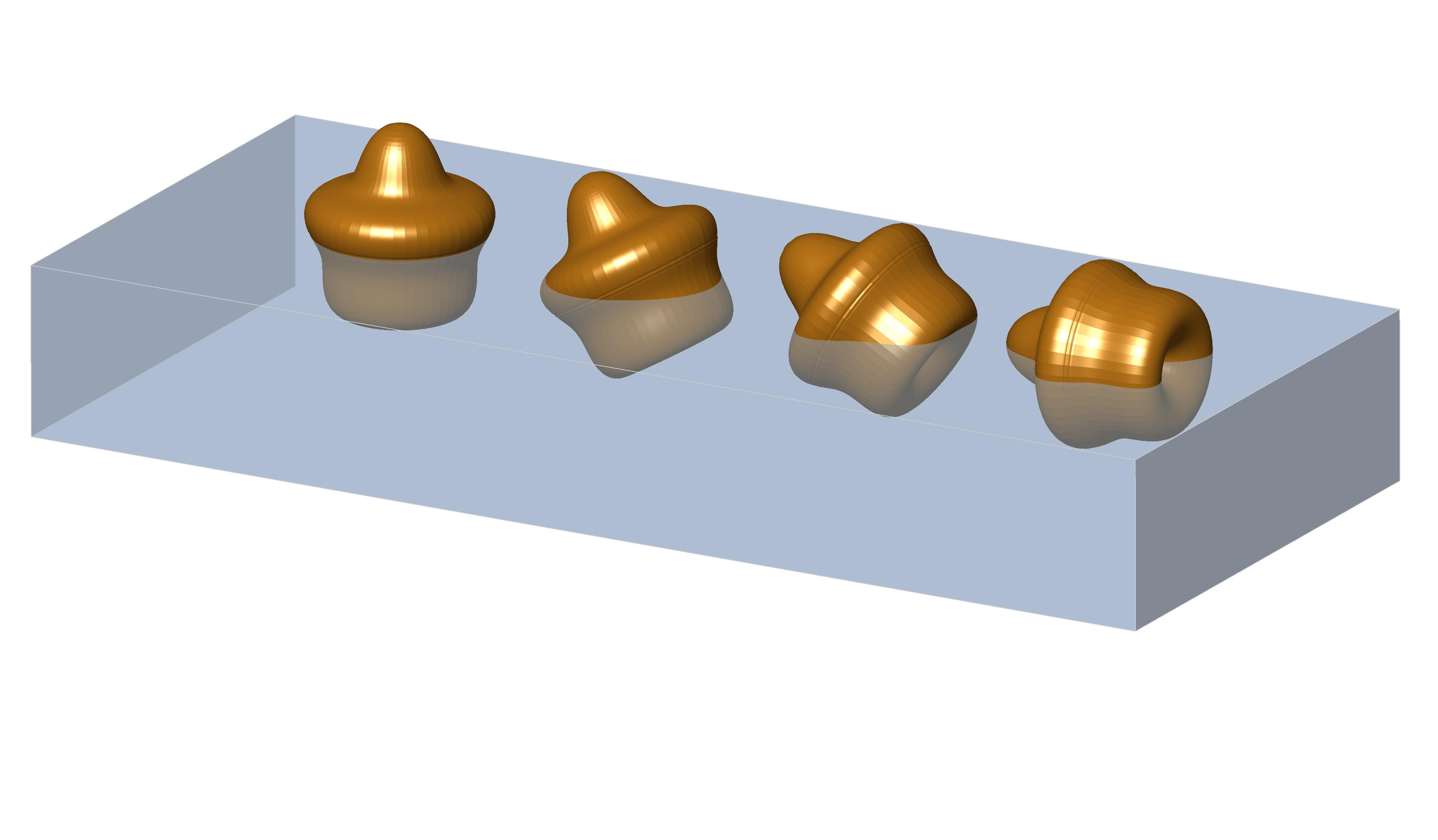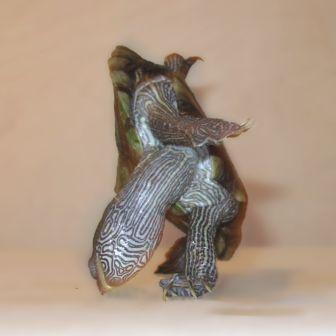I am
professor at the Department of Mechanics Materials and Structures, Budapest
University of Technology and Economics.
email: vpeter at mit.bme.hu
My research areass include structural mechanics, dynamics, nonlinear phenomena, as well
as various biological, and geological applications of mechanics
|
|
|
|
|
|
|
Elective
course |
Contact dynamics: reality, models, paradoxes Elective
course |
|
Ongoing research projects I am involved in:
|
Structural
form finding We
examine the connection between structural geometry and behavior, with focus on moment-free
structures Collaborators: Andres Guerra,
Ágoston Szesztay, András
A. Sipos, Dezső Hegyi |
Roof of the Great Court of British
Museum |
|
Nonlinear mechanics
of soft strurctures We
investigate the behavior of soft fibers subject to large deformations
with focus on instability and applications in biology (root growth). Collaborators: András
A. Sipos, Eszter Fehér |
Experimental investigation of the instability of a slipping fiber |
|
Rigid body dynamics
in the presence of contacts. (OTKA 104501, NKFIH 124002)
Collaborators:
Alan R. Champneys, Arne Nordmark, Yizhar Or, Tamás Baranyai, Tamás Ther What is Painlevé’s
paradox? (in Hungarian) A journal publication on Painlevé’s paradox and its full text. |
Photo
of experimental setup demonstrating that seemingly stable frictional equilibria may lack Lyapunov
stability.
Internal
dynamics of a slipping point contact in the presence of Painlevé’s paradox |
|
Ulam’s floating
body problem ‘Are there solids of density r other than the sphere
that can float in any orientation (without turning)?’ – this problem was coined
by Stanislav Ulam in the 1930s and recorded as problem
19 in the Scottish Book.
Despite recent results pointing towards an affirmative answer, a full proof of their existence has not been given. I gave a constructive proof of their existence for density ˝ (PL Varkonyi, Stud. Appl. Math, 2013). Related questions about planar bodies (i.e. long logs with uniform cross-section) are also being
examined (PL Varkonyi, Stud.
Appl. Math, 2008) |
A
nontrivial neutrally floating solid of density 1/2. All examples I have found have rotational
symmetry |
|
Geometry,
shape dynamics, and classification of particles subject to abrasive
processes (OTKA
Grants 72146, 104601) We analyze the geometrical properties of particles (pebbles, sand, asteroids) in abrasive processes. Our goal is to understand their shape evolution as well as to work out statistical methods that provide information on the geological history of a particle set based on its geometrical properties Collaborators: Gabor Domokos and the Morphodynamics Research Group, Julie E.
Laity |
Wind-worn
rock (ventifact) with sharp edges, and flat faces. Photo: Matthias Bräunlich,
Hamburg (www.kristallin.de) |
|
The role
of mechanical interactions
in generating collective motion (part of OTKA 72368 ) Groups
of fish, birds, bacteria, and other moving creatures often show organized patterns, which are generated by simple interactions
of individuals. The design of similar
artificial systems is also a fast developing
area of robotics. My goal is to
understand, how collisions, contact, and collision avoidance strategies contribute to collective motion, and to learn about the
propagation of information
about motion preferences via mechanical interactions. Collaborators: Research
group of Tamás Vicsek |
Simulation
of self-propelled rigid objects subject to
attraction, and hard, inelastic collisions. Click
to plot to view video (9 MB, H.264 compression) |
|
Objects
that never capsize: mechanical and geometrical aspects of spontaneous self-righting If
dropped onto a plane, most objects stop in one of several stable equilibrium positions. Alternatively they may not
stop at all, if the plane
is not horizontal. Our goal is to
design, and analyze self-righting
objects that do stabilize in a unique position regardless of the initial conditions. The existence of such shapes not only
represents intriguing mathematical questions, but it has a wide field of application from biomorphology to robotics. Collaborators: Gábor
Domokos, Roger W.
Benson |
An
object that does capsize: Benő the turtle |
